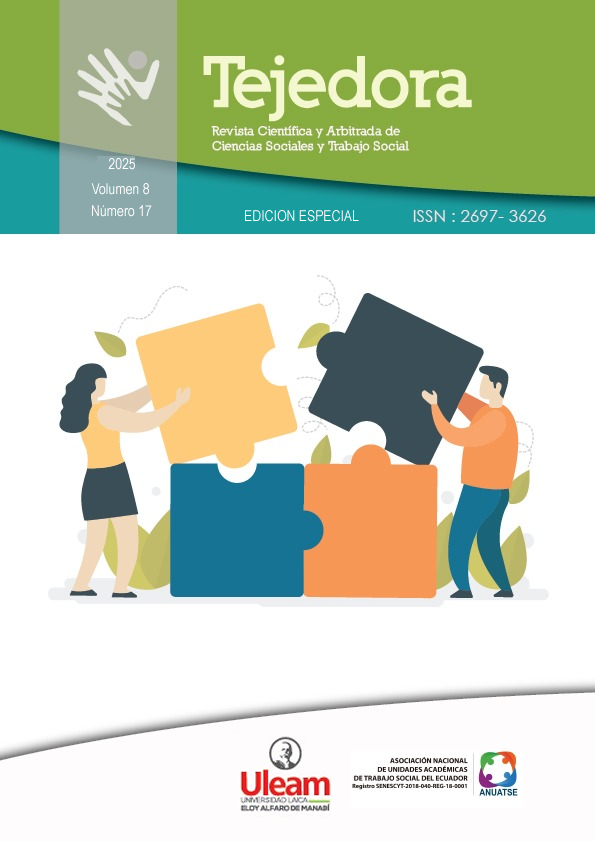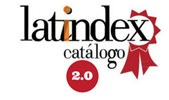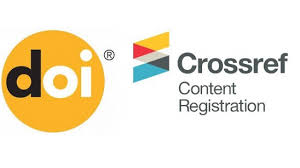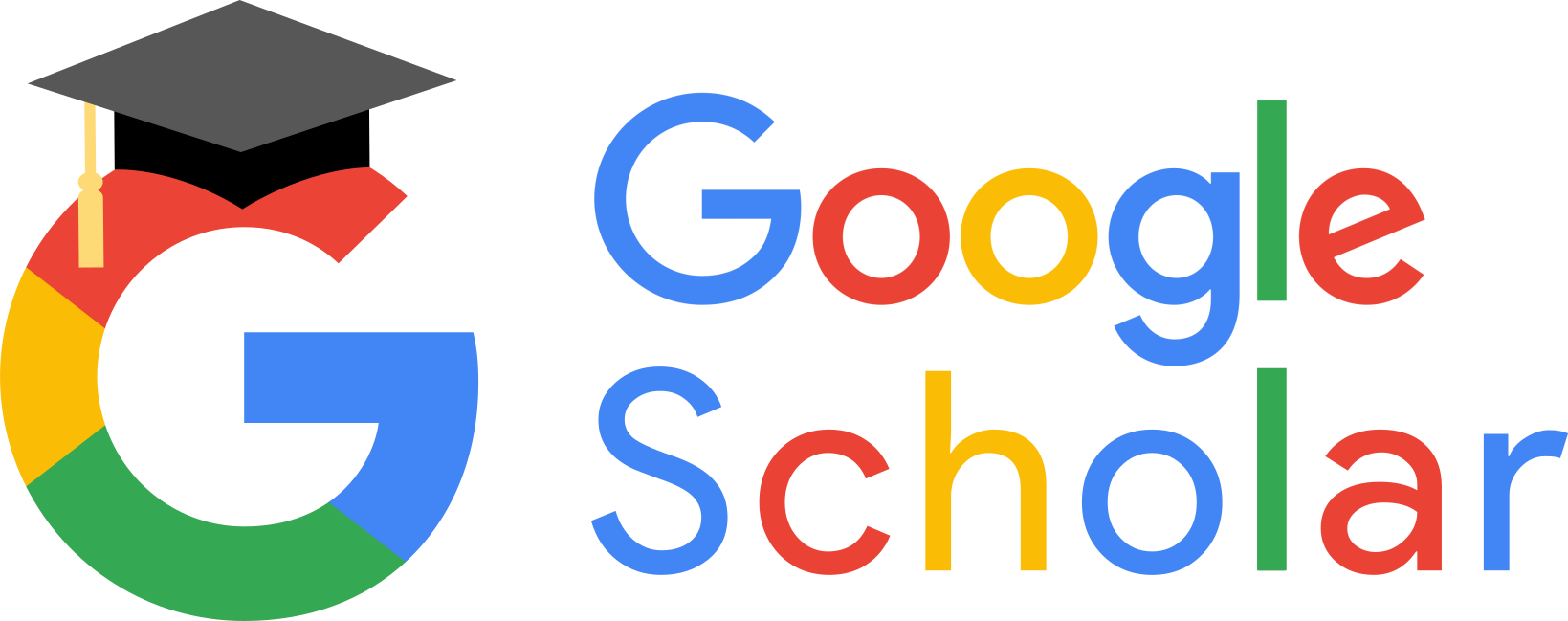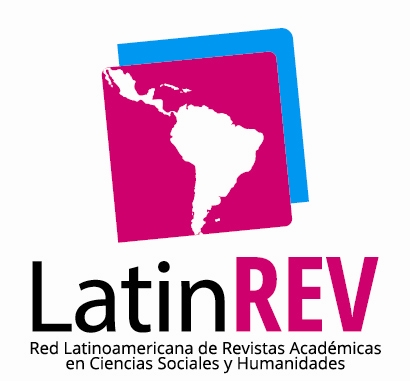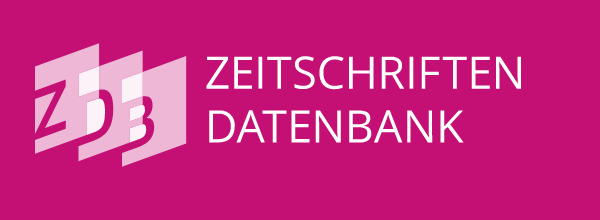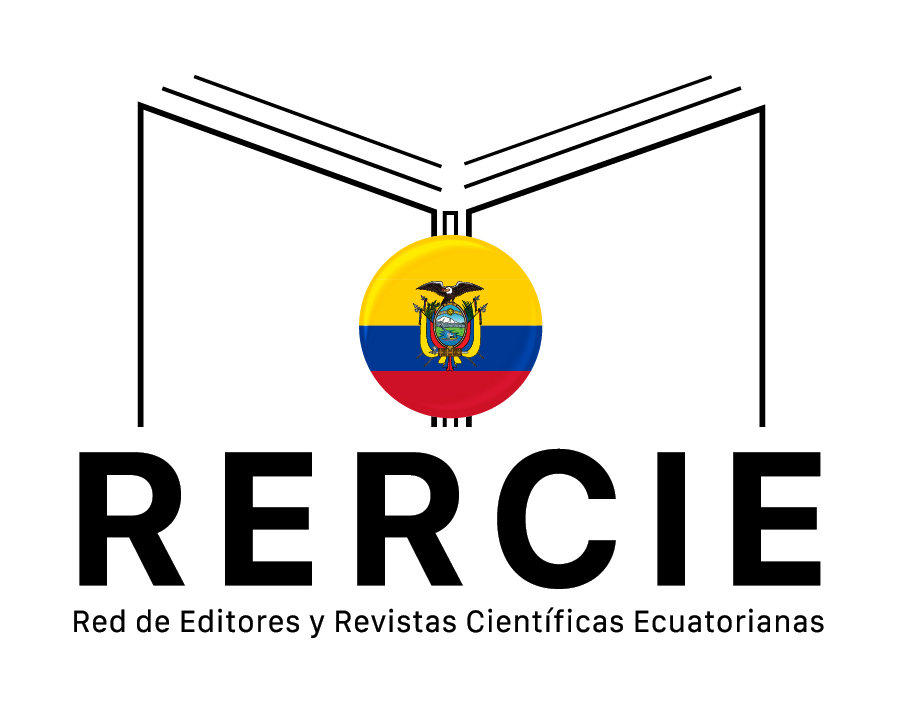GEOGEBRA IN THE LEARNING OF MATHEMATICS IN HIGHER EDUCATION STUDENTS
DOI:
https://doi.org/10.56124/tj.v8i19.002Keywords:
mathematics education, GeoGebra, student perceptionAbstract
Educational software in higher education plays a significant role in teaching and learning in areas such as mathematics. This study focused on GeoGebra, a software considered by many to be interactive and dynamic, commonly used to improve the understanding of mathematics. The main objective of the research was to measure the perception level of students in the Pedagogy of Experimental Sciences: Mathematics and Physics program regarding the use of GeoGebra as a facilitator in learning mathematics classes. To achieve this, a survey was implemented using a Likert scale to measure three categories covered by the study: motivation and interest, navigation and interaction, and pedagogical and didactic aspects. The research was based on a quantitative and descriptive approach, applying descriptive statistics to analyze the perceptions of 62 students from the third, fourth, and sixth semesters. The results indicate that students' perception of GeoGebra is positive, with averages of 3.75 in motivation and interest, 3.90 in navigation and interaction, and 3.94 in pedagogical and didactic aspects. In conclusion, GeoGebra is perceived as an effective tool to enhance the learning experience in mathematics, increasing students' motivation and interest, and facilitating a more interactive and participatory teaching approach
Downloads
References
Alvarado, R., Gutiérres, A., Maylle, N., Colan, M. (2022). Percepciones de la educación virtual en estudiantes del nivel inicial en zonas rurales del Perú. International Journal of New Education Recuperado de: file:///C:/Users/Smart%20Electronics/Downloads/Dialnet-PercepcionesDeLaEducacionVirtualEnEstudiantesDelNi-8827886%20(1).pdf
Arrimada, M. (2022). Los 8 tipos de percepción del ser humano (y cómo funcionan).Psicología y mente. Recuperado de: https://psicologiaymente.com/neurociencias/tipos-percepcion
Artavia, M., y Castro, J. (2019). La integración de las TIC en las estrategias didácticas: retos y oportunidades en la educación superior. Universidad Estatal a Distancia, Costa Rica. Recuperado de: https://www.google.com/url?sa=t&rct=j&q=&esrc=s&source=web&cd=&cad=rja&uact=8&ved=2ahUKEwi8ybqs_vmJAxXtRjABHY9ADP0QFnoECBsQAQ&url=https%3A%2F%2Fdialnet.unirioja.es%2Fdescarga%2Farticulo%2F7395442.pdf&usg=AOvVaw034RuZ0Jy1Rlt79ekNYOqu&opi=89978449
Córdoba, J., López, A., y Pérez, M. (2023). Percepciones estudiantiles y uso de GeoGebra en la enseñanza de matemáticas: un análisis comparativo entre grados. Revista de Educación Matemática, 12(3), 45-62. Recuperado de: https://revistas.ufps.edu.co/index.php/perspectivas/article/view/4155
Domínguez, L., Pincay, F., y Navas, W. (2022). Efectos del uso de dispositivos móviles y GeoGebra en el aprendizaje universitario. https://revistas.um.es/educatio/article/view/603351
García, P., y Pérez, L. (2020). El impacto de la tecnología en los procesos educativos: una revisión sistemática. Revista Iberoamericana de Tecnología Educativa, 15(1), 35-50. Recuperado de: https://www.google.com/url?sa=t&rct=j&q=&esrc=s&source=web&cd=&ved=2ahUKEwiR0--JhfqJAxVokoQIHTrPG6gQFnoECBkQAQ&url=https%3A%2F%2Frieoei.org%2Fhistorico%2Fdocumentos%2Frie24a02.htm&usg=AOvVaw3M_r6Xi4Y9NKxM9ca43Wuk&opi=89978449
Jaramillo, F., y Tene, M. (2022). El uso de aplicaciones móviles en la educación ecuatoriana: percepción de docentes y estudiantes. Revista de Ciencias Sociales, 10(2), 95-110. Recuperado de: https://www.google.com/url?sa=t&rct=j&q=&esrc=s&source=web&cd=&ved=2ahUKEwjrp_Ccg_qJAxWrTDABHQrvFmgQFnoECB4QAQ&url=https%3A%2F%2Fdialnet.unirioja.es%2Fdescarga%2Farticulo%2F8621004.pdf&usg=AOvVaw1hWj3AmTuX2SG97388KHFc&opi=89978449
Márquez, J., Márquez, G. (2018). Software educativo o recurso educativo. Revista VARONA, núm. 67. Recuperado de: https://www.redalyc.org/journal/3606/360671782014/html/#:~:text=En%20cuanto%20a%20la%20definici%C3%B3n,facilitar%20las%20actividades%20de%20aprendizaje.
Matas, A. (2018). Diseño del formato de escalas tipo Likert: un estado de la cuestión. Revista electrónica de investigación educativa, 20(1), 38-47. Recuperado en 26 de noviembre de 2024, de http://www.scielo.org.mx/scielo.php?script=sci_arttext&pid=S1607-40412018000100038&lng=es&tlng=es.
Ministerio de Educación del Ecuador. (2020). Políticas para la integración de herramientas tecnológicas en el sistema educativo ecuatoriano. Quito: Ministerio de Educación. Recuperado de: https://www.google.com/url?sa=t&rct=j&q=&esrc=s&source=web&cd=&cad=rja&uact=8&ved=2ahUKEwj74uj0gPqJAxXLSDABHfbPNOcQFnoECBcQAQ&url=https%3A%2F%2Feducacion.gob.ec%2Fwp-content%2Fuploads%2Fdownloads%2F2023%2F02%2FPROYECTO_INVERSION-DNTE.pdf&usg=AOvVaw3cxYjdEuOMvXQF4IUcZR2b&opi=89978449
Mosquera, M. A., y Vivas, S. J. (2017). Análisis comparativo de software matemático. Recuperado de : https://revistasum.umanizales.edu.co/ojs/index.php/plumillaeducativa/article/view/2476
Pineda, S., Rodríguez, H., & Almeida, F. (2022). Satisfacción de los estudiantes con el uso de GeoGebra en la enseñanza de matemáticas: un enfoque pedagógico y didáctico. Revista Andina de Matemáticas, 18(4), 123-140. Sebastian, J. (2024, 25 octubre). ¿Qué es Google Forms y para qué sirve? | JuanSGuzman. Recuperado de:
https://juansguzman.com/que-es-google-forms-para-que-sirve/
Vega, C., Maguiña, J., Soto, A., Valdivia, J., y Correa, L. (2021). Estudios transversales. Revista de la Facultad de Medicina Humana de la Universidad de Palma, 21(1), 179-185, e-ISSN: 2308-0531. Recuperado de: https://doi.org/10.25176/RFMH.v21i1.3069
Published
How to Cite
Issue
Section
License
Copyright (c) 2025 Revista Científica y Arbitrada de Ciencias Sociales y Trabajo Social: Tejedora. ISSN: 2697-3626

This work is licensed under a Creative Commons Attribution-NonCommercial-ShareAlike 4.0 International License.
